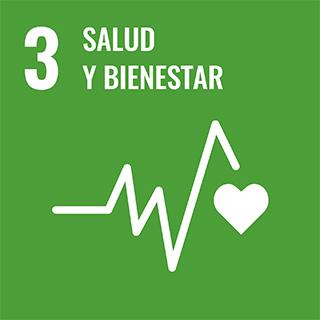
Indexed in
License and use
Impact on the Sustainable Development Goals (SDGs)

Pars planitis in children: Epidemiologic, clinical, and therapeutic characteristics
Publicated to:JOURNAL OF PEDIATRIC OPHTHALMOLOGY & STRABISMUS. 44 (5): 288-293 - 2007-01-01 44(5), DOI: 10.3928/01913913-20070901-03
Authors: Romero R; Peralta J; Sendagorta E; Abelairas J
Affiliations
Abstract
Purpose: To report the demographics and clinical characteristics, therapy logarithm, and prognosis of children with pars planitis. Patients and Methods: The medical records were reviewed of all patients diagnosed with pars planitis between June 1995 and December 2005 in the Department of Pediatric Ophthalmology at Hospital Universitario La Paz, Madrid, Spain. A retrospective, descriptive, and longitudinal study of 30 eyes in 16 children was performed. Results: Pars planitis was bilateral in 87.5% and more frequent in males (68.8%). Average age at onset was 9.2 years. The main ophthalmologic findings recorded were snowballs (96.7%) and vitritis (93.3%). Cataract formation was the most prevalent complication (36.7%). Mean initial and final best-corrected visual acuities were 0.640 and 0.840, respectively. Periocular corticosteroids were used in 33.3% of cases and cryotherapy or laser photocoagulation in 16.7%. Complications requiring surgical management occurred in 4 eyes (13.3%). Conclusion: Pars planitis treated with adequate medical and surgical procedures has a good prognosis in most cases.
Keywords
Quality index
Bibliometric impact. Analysis of the contribution and dissemination channel
From a relative perspective, and based on the normalized impact indicator calculated from the Field Citation Ratio (FCR) of the Dimensions source, it yields a value of: 7.55, which indicates that, compared to works in the same discipline and in the same year of publication, it ranks as a work cited above average. (source consulted: Dimensions Jul 2025)
Specifically, and according to different indexing agencies, this work has accumulated citations as of 2025-07-31, the following number of citations:
- Scopus: 42
